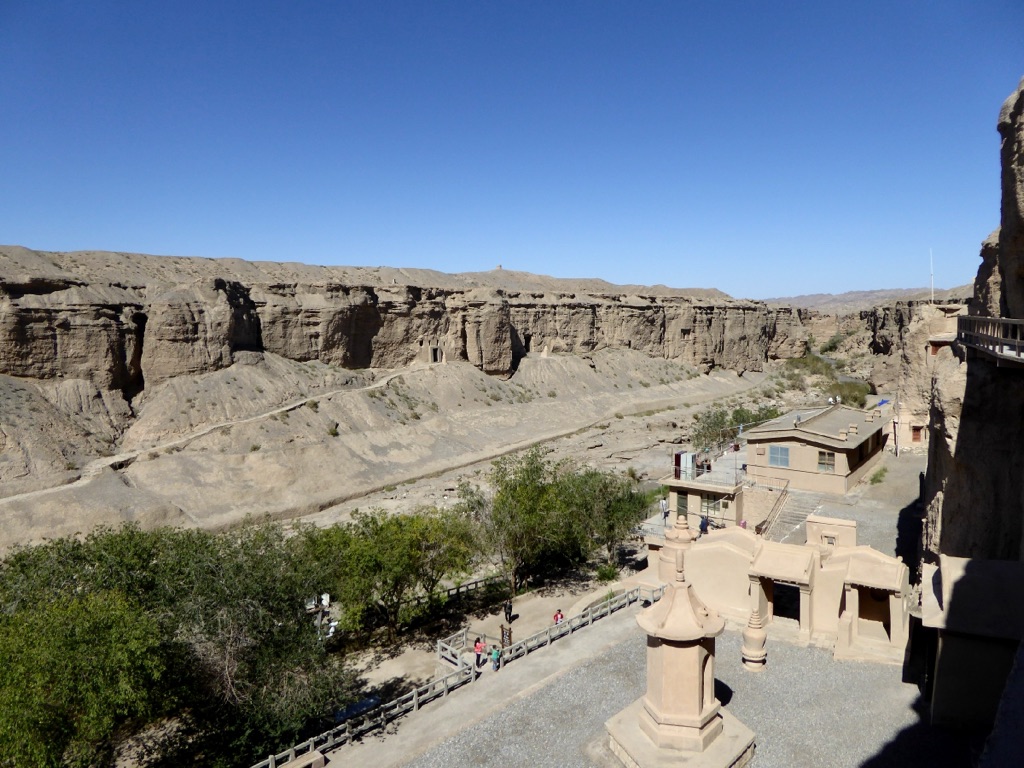The Yulin Caves are a significant historical and cultural site located in Guazhou County, Gansu Province, China. They are a group of 42 caves carved into the cliffside of the Qilian Mountains, showcasing a rich collection of Buddhist artwork spanning more than a thousand years. The caves are renowned for their intricate frescoes and statues that reflect the diverse cultural influences that passed along the ancient Silk Road. They are an extension of the Mogao Caves and form an essential part of the Dunhuang region’s historical tapestry.
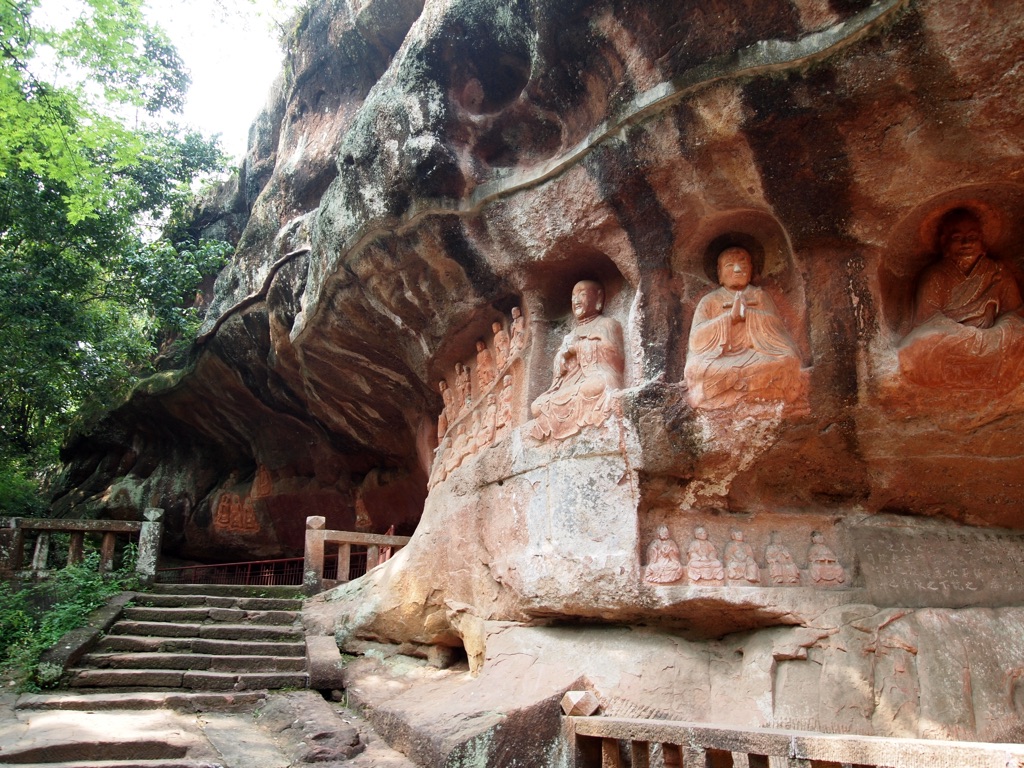
Tongtianyan Grottoes (Tongtian Rock)
The Tongtianyan Grottoes, nestled in the southern part of China, are a testament to ancient ingenuity and spiritual devotion. These grottoes, carved into the limestone cliffs of Guangxi Zhuang Autonomous Region, are a series of caves and temples that have stood the test of time. They showcase the intricate artistry and religious practices of the people who created them. The site is not only an archaeological treasure but also a cultural heritage that offers insights into China’s past civilizations.
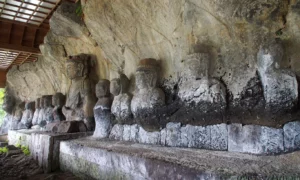
Usuki Stone Buddhas
The Usuki Stone Buddhas are a collection of remarkable stone carvings found in Usuki, Oita Prefecture, Japan. These sculptures, carved into a soft, volcanic rock known as tuff, depict various forms of Buddha. They are unique for their number, quality, and historical significance. The site, designated as a National Treasure of Japan, consists of more than 60 statues, some dating back to the late Heian period (794-1185). The Buddhas are in various states of preservation, offering a glimpse into the religious and artistic practices of the time.
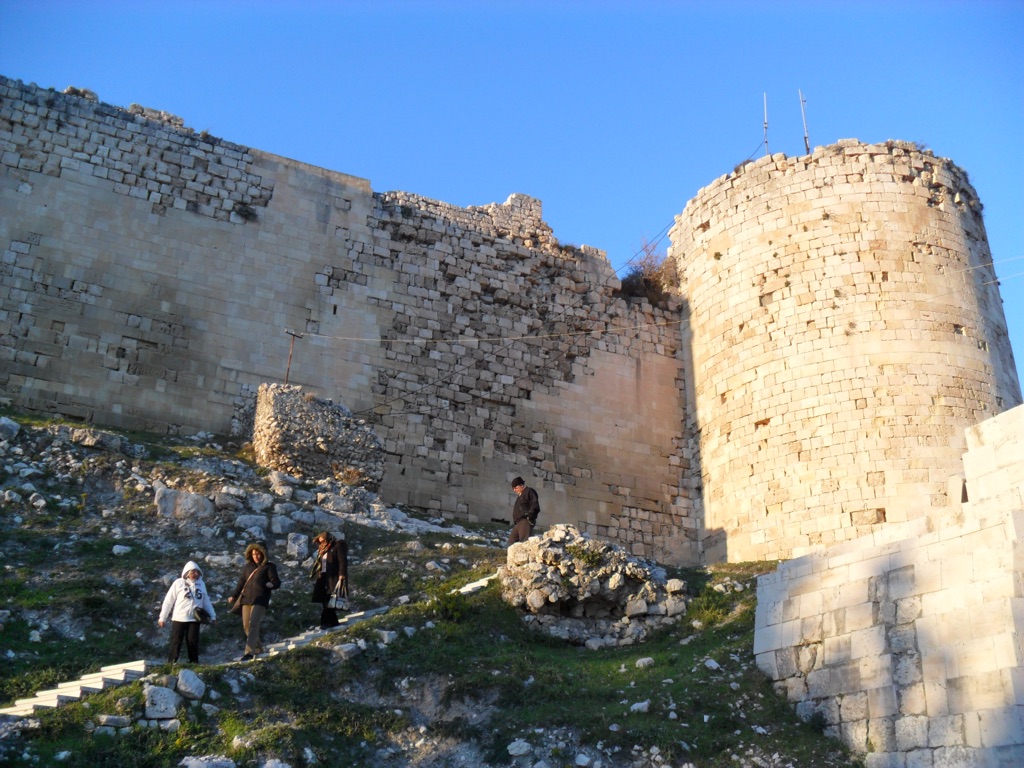
Silifke Castle Turkey
Silifke Castle, perched atop a hill in southern Turkey, overlooks the city of Silifke and the Mediterranean Sea. This historical fortress, with origins dating back to the Byzantine era, has witnessed numerous civilizations. It has served as a strategic military stronghold throughout its history. The castle’s architecture reflects a blend of Byzantine, Armenian, and Ottoman influences, marking it as a site of cultural and historical significance.
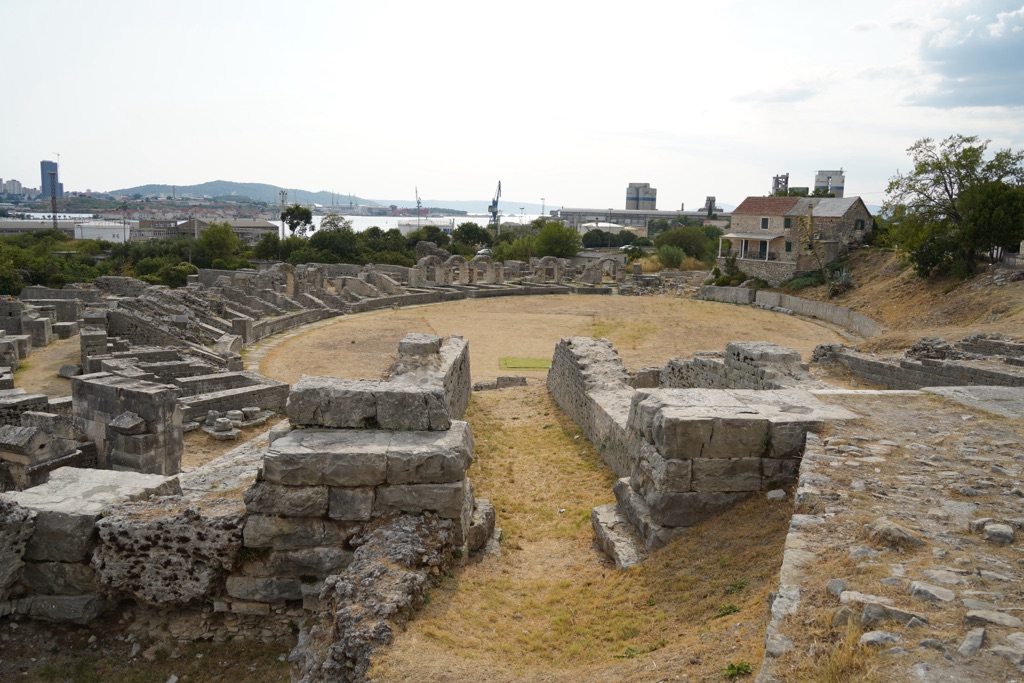
Ancient Salona
Ancient Salona, once the capital of the Roman province of Dalmatia, is a treasure trove of history nestled in modern-day Croatia. This archaeological site reveals a complex tapestry of Roman urban life, complete with public baths, an amphitheater, and early Christian graveyards. Salona’s strategic location near the Adriatic Sea made it a vital trade and administrative center. Over time, it became a melting pot of cultures and a significant early Christian stronghold, until its eventual decline following Slavic invasions in the 7th century.
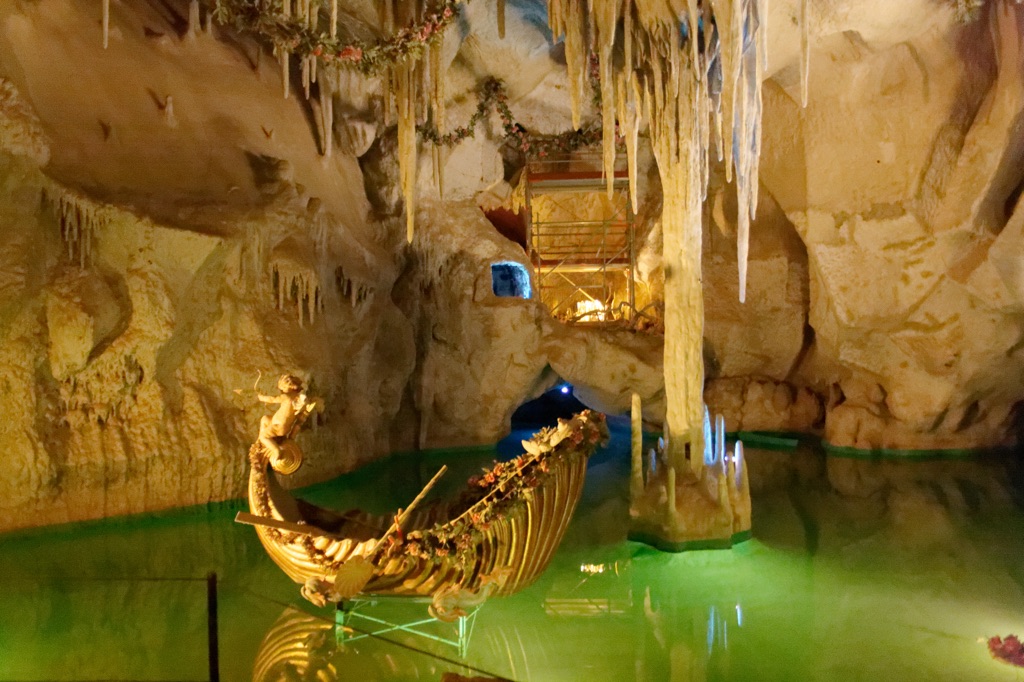
The Venus Grotto at Linderhof Palace
The Venus Grotto at Linderhof Palace is a man-made cave and an extraordinary example of 19th-century romantic architecture. King Ludwig II of Bavaria commissioned this fantastical creation as part of his Linderhof Palace gardens. The grotto is an artificial cave that emulates the natural grottos found in the Karst landscapes. It was designed as a personal retreat for the king, inspired by Wagner’s opera “Tannhäuser,” and features a lake, a gilt boat shaped like a shell, and an artificial waterfall. The grotto’s unique lighting system, which originally used dynamo machines, could simulate different times of day and even weather conditions. Today, it stands as a testament to the king’s love for theatrical and romantic settings.

